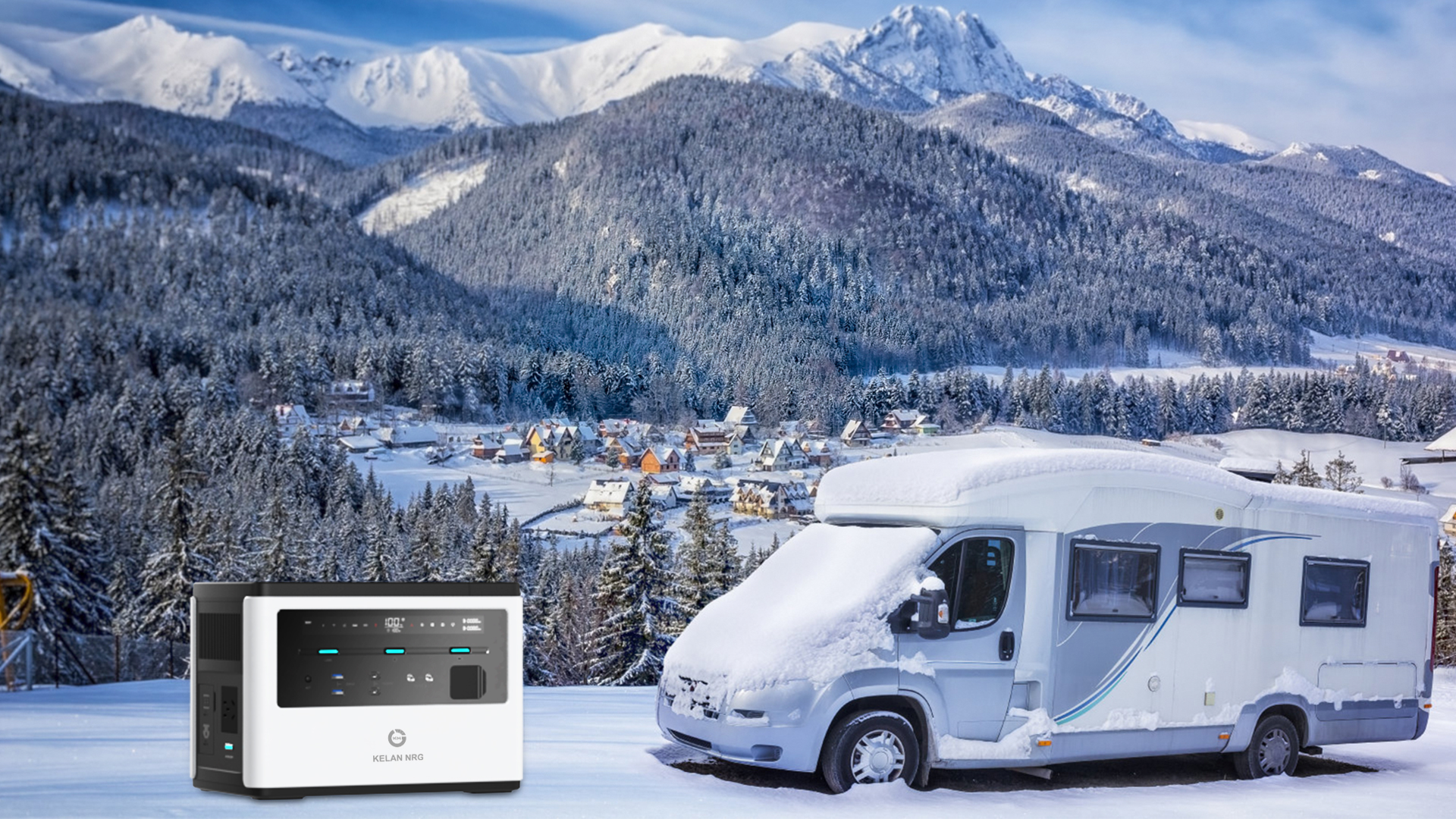
Lithium battery technology continues to advance rapidly, with significant breakthroughs seen in lithium manganese dioxide (Li-MnO2) batteries in recent years, leading to notable performance enhancements.
Key Advantages:
Exceptional Safety: Li-MnO2 batteries, akin to lithium iron phosphate, exhibit high stability as positive electrode materials. Coupled with unique safety designs involving separators and electrolytes, these batteries demonstrate remarkable safety even under stringent puncture tests, maintaining normal discharge even post-test.
Outstanding Low-Temperature Performance: Li-MnO2 batteries perform admirably within a temperature range of -30°C to +60°C. Professional testing shows that even at -20°C, these batteries can discharge at high currents with a capacity exceeding 95% of normal conditions. In contrast, lithium iron
phosphate batteries under similar conditions typically reach only around 60% of normal capacity with much lower discharge currents.
Significant Increase in Cycle Life: Li-MnO2 batteries have seen substantial improvements in cycle life. While early products managed around 300-400 cycles, extensive R&D efforts by companies like Toyota and CATL over a decade have pushed cycle numbers to 1400-1700, meeting the demands of most applications.
Energy Density Advantage: Li-MnO2 batteries offer comparable weight energy density to lithium iron phosphate batteries but boast around 20% higher volume energy density, resulting in approximately 20% smaller size for batteries of equivalent capacity.
Resolution of Quality Issues like Swelling: Most Li-MnO2 batteries utilize pouch cells, a prevalent type in consumer electronics. With over 20 years of development, pouch cell manufacturing processes are highly mature. Continuous optimization by major manufacturers in areas like precise electrode coating and strict humidity control has effectively addressed issues like swelling. Incidents of explosion or fire in major brand mobile phone batteries have become exceedingly rare in recent years.
Key Disadvantages:
Unsuitability for Long-Term Use Above 60°C: Li-MnO2 batteries experience performance degradation in environments consistently above 60°C, such as tropical or desert regions.
Unsuitability for Ultra-Long-Term Applications: Li-MnO2 batteries may not be suitable for applications requiring frequent cycling over many years, such as commercial and industrial energy storage systems necessitating warranties exceeding 10 years.
Representative Li-MnO2 Battery Manufacturers:
Toyota (Japan): Toyota was the first to introduce Li-MnO2 battery technology in hybrid cars like the Prius, primarily due to its high safety characteristics. Today, the Prius enjoys a reputation for safety and fuel efficiency in the used car market in the United States.
Kenergy new energy technology Co.,Ltd (China): Founded by Dr. Ke Ceng, a nationally-appointed expert, CATL is the sole domestic enterprise focused on the production of pure Li-MnO2 batteries. They have achieved significant breakthroughs in R&D areas such as high safety, long lifespan, low-temperature resistance, and industrialization.






